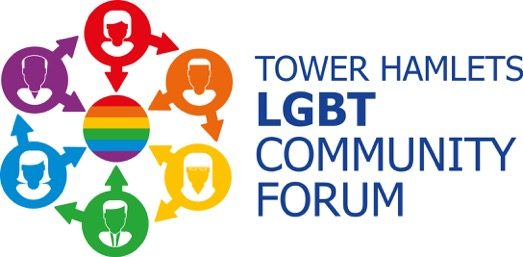According to the Office for National Statistics (ONS), over 1 million people in the UK identified as LGBT+ in the 2021 census.
This represents a significant increase from the 2011 census, where only 480,000 people made such a declaration. The 2021 census found a higher proportion of young people identifying as LGBT+ than older age groups, with around 7% of 16 to 24-year-olds identified as LGBT+, compared to just 2% of those aged 65 and over.
These findings may be partly attributed to a greater acceptance of LGBT+ people in society and a growing willingness to self-identify and could also be a sign of increasing social acceptance of LGBT+ identities among younger generations.
From a geographical perspective, the census also revealed some interesting differences in the LGBT+ population across different regions of the UK with London having the highest proportion of people identifying as LGBT+, with around 3.5% of the population identifying as such. In contrast, the East Midlands had the lowest proportion of LGBT+ people, with only around 1.5%. These regional differences may reflect broader cultural and societal attitudes towards LGBT+ identities in different parts of the country.
In Tower Hamlets, statistics showed that 3.96% identify as Gay or Lesbian, 2.52% as Bisexual, 0.13% as Queer, and 9.76% chose not to answer. Statistics for Gender shows 0.57% stated having a different gender to the one assigned to them at birth, 0.14% are non-binary, 0.14% identify as Trans Male, and 0.14% identify as Trans Female. These statistics show a high population of LGBT+ people living in Tower Hamlets compared to other regions across the UK. In London, Tower Hamlets is one of 9 other London Boroughs, including Central London, Southwark, Lambeth, Westminster, Camden, Islington, Haringey and Hackney, out of the total 32 London Boroughs that have the highest LGBT+ population.
Another key finding of the census was the multitude sexual orientations and gender identities within the community, with many people identifying as non-binary, pansexual, or asexual, among other identities, highlighting the importance of recognizing and respecting the wide range of identities and experiences within the LGBT+ community.
On publication of the results, Nancy Kelley, Chief Executive of Stonewall commented: “Today is another historic step forward after decades of Stonewall campaigning to record sexual orientation and gender identity in the Census, finally painting an accurate picture of the diverse ‘Rainbow Britain’ that we now live in, where more and more of us, and in particular more young LGBTQ+ people than ever before.”
While the census provides valuable data on the LGBT+ population, it is worth noting that there may be limitations to the accuracy of this data. Some individuals may choose not to disclose their sexual orientation or gender identity for a variety of reasons, including privacy concerns, fear of discrimination, or simply because they do not feel comfortable doing so. Additionally, the census does not capture the experiences of people who may be questioning their sexuality or gender identity, or those who do not feel that the available options for identification accurately reflect their experiences.
There is still work to be done to ensure that all members of the LGBT+ community feel safe, respected, and valued in society. It is important to continue to raise awareness about the unique challenges faced by LGBT+ people and work towards creating a more inclusive and supportive society for all.
















